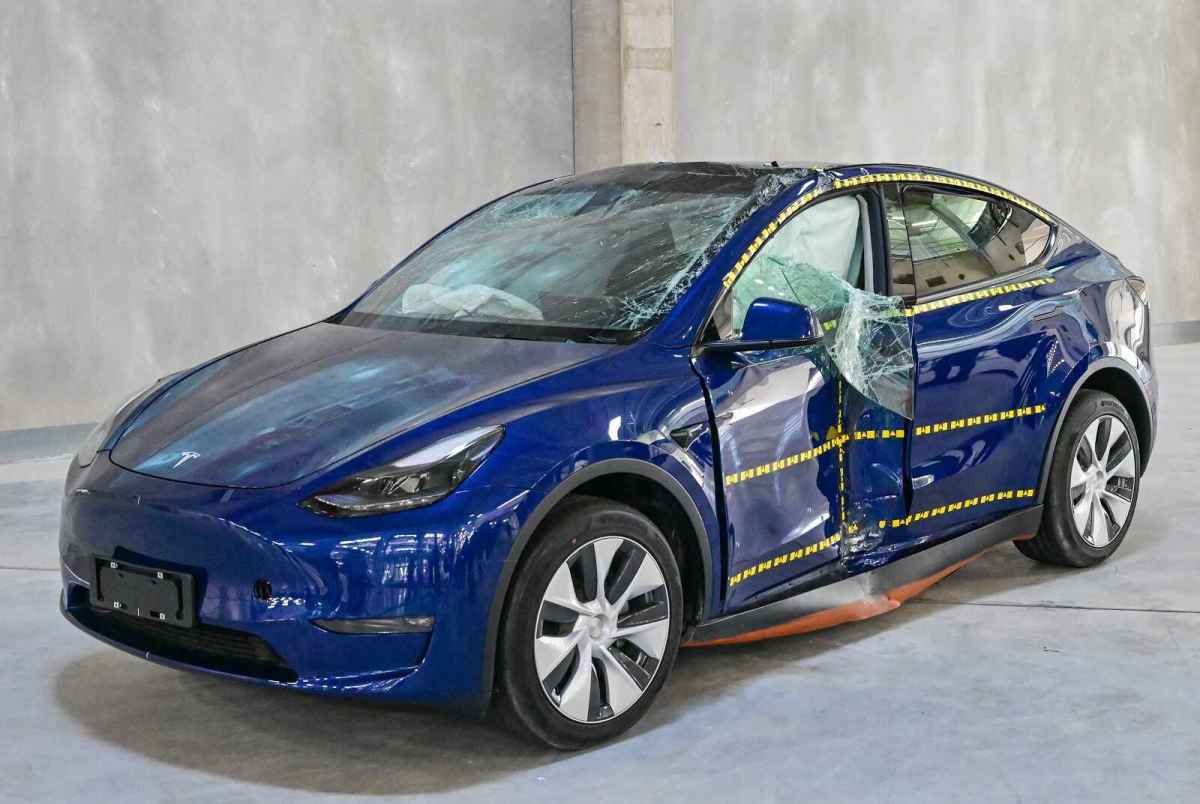And on top of that, a recent study by the Highway Loss Data Institute (HLDI) has shown that electric vehicles (EVs) are involved in 14% more crashes than their internal combustion engine counterparts. The study, which analyzed insurance claims for vehicles from 2014 to 2018, found that EVs had a higher crash rate even when controlling for factors such as age, gender, and location.
So, why are EVs crashing more often than traditional cars, and what can be done to address this issue? According to the HLDI, it’s “mostly a Tesla thing.” In fact, Tesla vehicles had significantly higher crash rates compared to other EVs, with the Model S and Model X both reporting crash rates that were 50% higher than average. This begs the question: what is it about Tesla vehicles that makes them more prone to accidents?
One factor that may contribute to Tesla’s higher crash rates is the advanced technology and features that the company offers in its vehicles. While these features are meant to improve safety and convenience, they may also contribute to driver distraction. The Autopilot system, for example, has been found to be a factor in several accidents involving Tesla vehicles, with drivers relying too heavily on the system and failing to maintain proper control of their vehicles.
Another aspect to consider is the performance capabilities of Tesla vehicles. With impressive acceleration and top speeds, some drivers may be more inclined to drive aggressively, leading to an increased risk of accidents. Additionally, the instant torque and quick acceleration of electric motors can catch some drivers off guard, potentially leading to a loss of control.
It’s also worth noting that the larger size and weight of EVs compared to traditional cars may have an impact on crash rates. While this may seem counterintuitive, the HLDI study found that larger and heavier vehicles tend to have higher crash rates, which could be attributed to factors such as decreased visibility and maneuverability.
So, what can be done to address the higher crash rates of EVs, particularly Tesla vehicles? One potential solution is to improve education and training for Tesla drivers, particularly when it comes to the use of advanced features such as Autopilot. By ensuring that drivers have a better understanding of when and how to use these features, the risk of accidents may be reduced.
Furthermore, Tesla could also take steps to enhance the safety and performance of its vehicles. This could include refining the Autopilot system to minimize the potential for driver distraction and ensuring that the performance capabilities of its vehicles are not encouraging unsafe driving practices.
Ultimately, addressing the higher crash rates of EVs, particularly Tesla vehicles, will require a multifaceted approach that involves improved driver education, enhanced vehicle safety and performance, and ongoing research and monitoring. With the growing popularity of EVs, it’s essential that steps are taken to ensure the safety of drivers and other road users. By identifying and addressing the factors contributing to higher crash rates, the industry can work towards reducing the risks associated with EVs and continuing to promote their benefits as a sustainable and efficient means of transportation.
